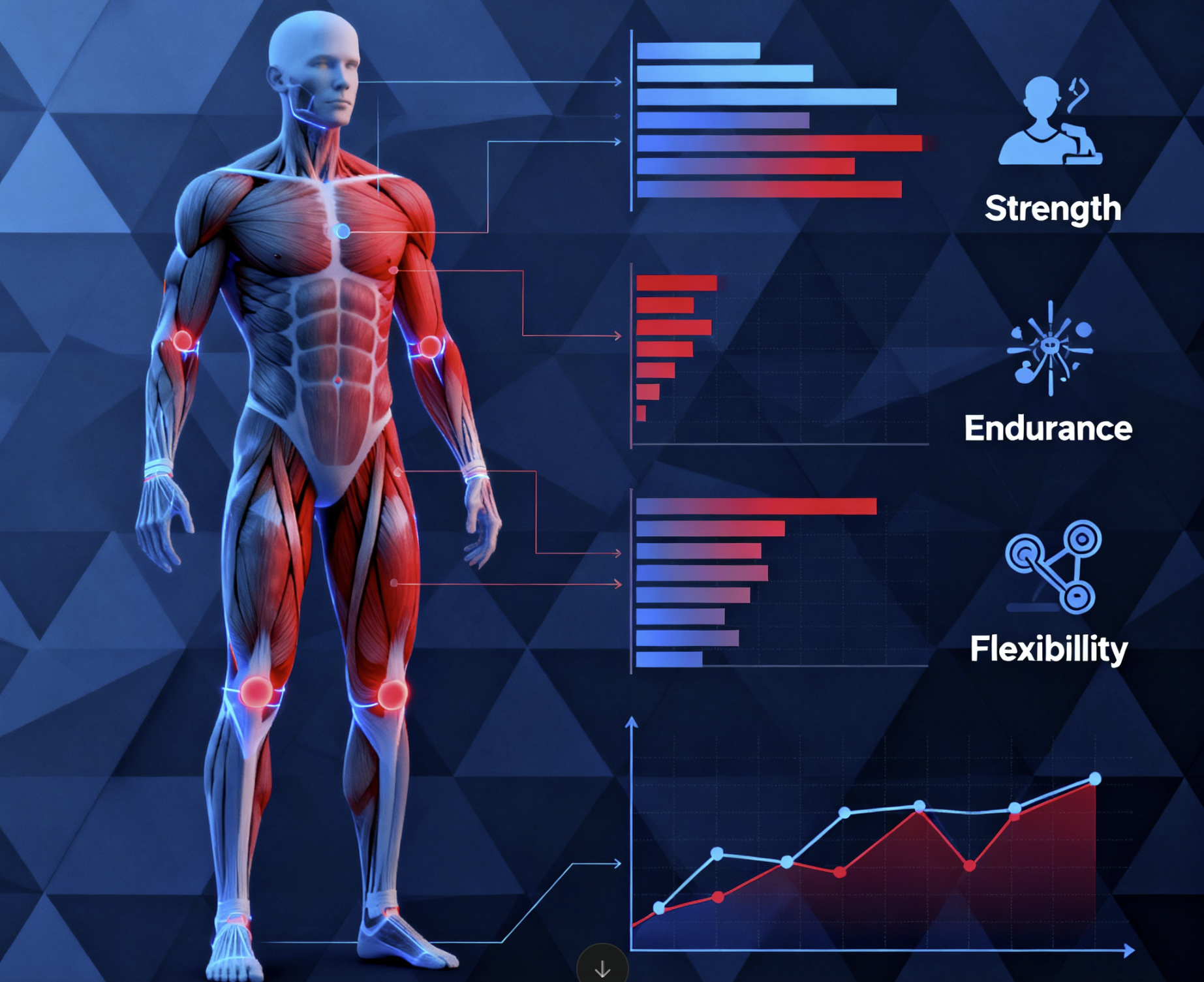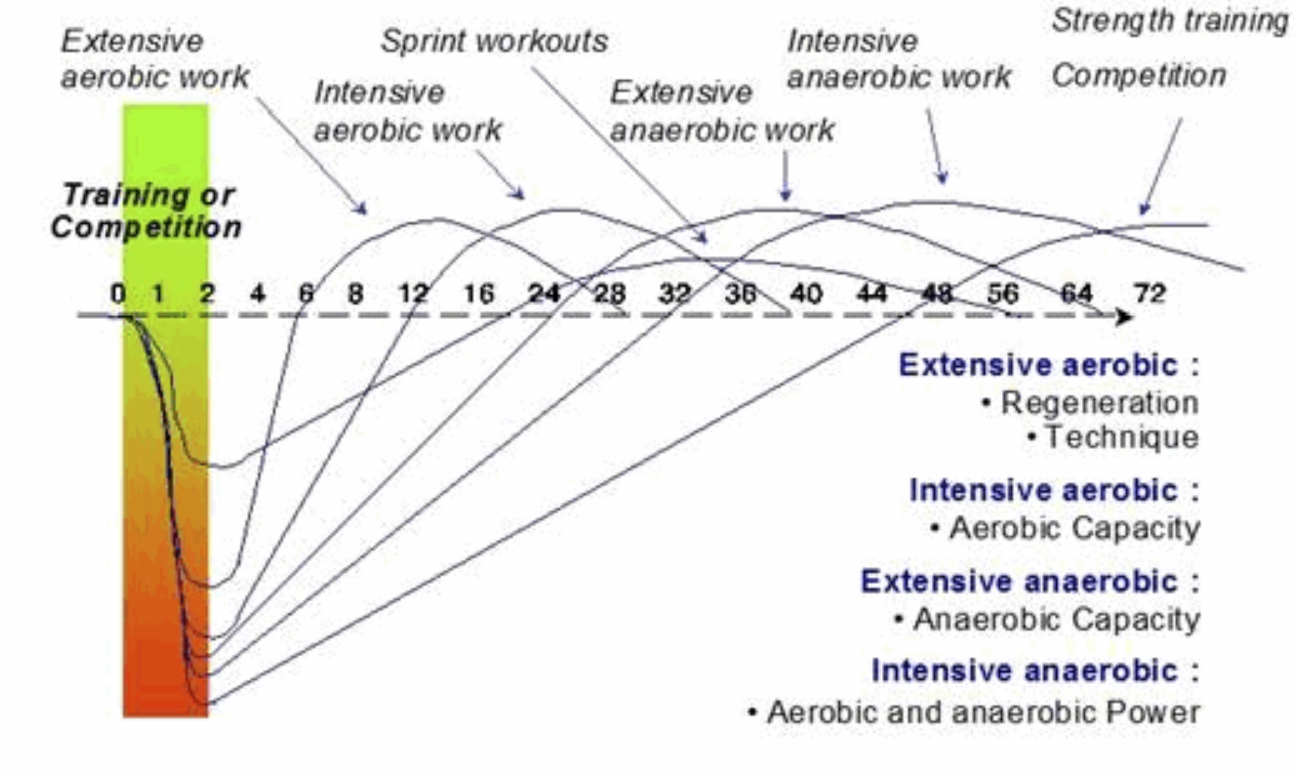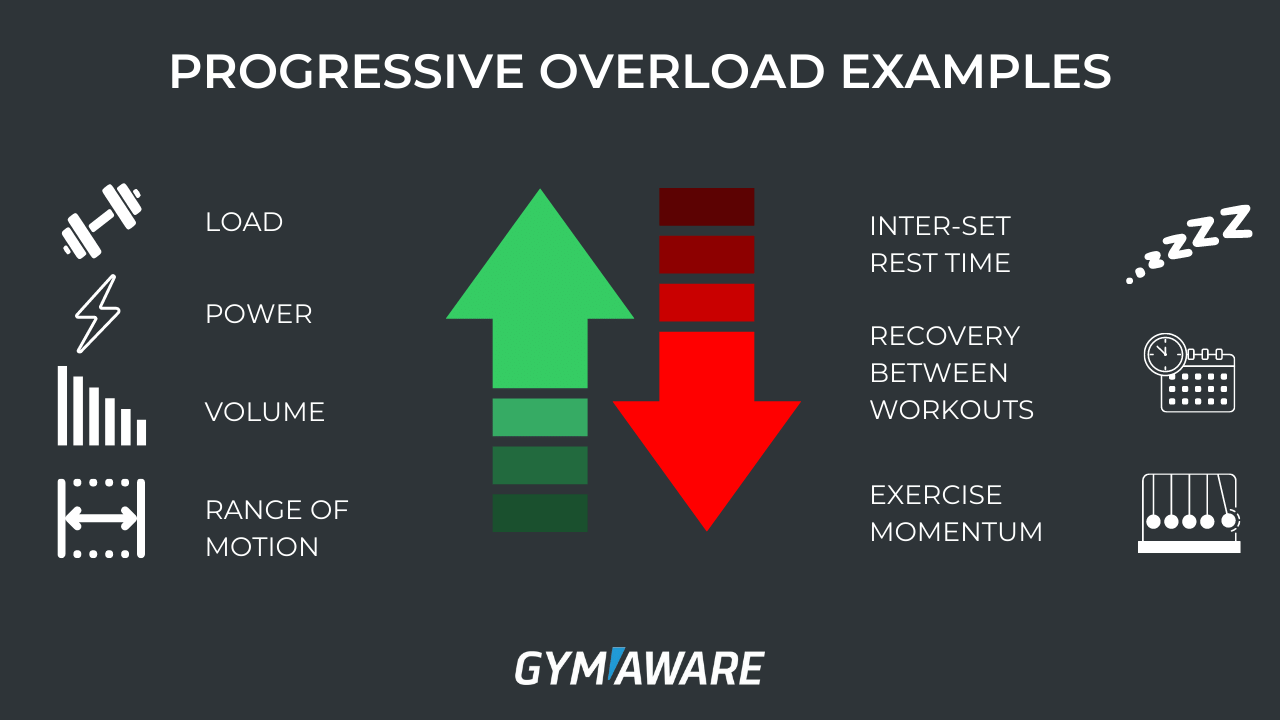Consistency
Train with steady frequency and structure to build durable results
How-to: Prioritize showing up regularly over the quality of any single
session. On days with low energy, reduce the load or complexity but complete the
workout. This reinforces the habit and provides a continuous training stimulus.
Why it works: Consistent training drives the principle of continuous
adaptation and prevents reversibility (detraining). It builds a strong habit loop,
making adherence automatic over time. The cumulative effect of these small, regular
efforts is what leads to significant, sustainable gains.
Primal Movements
Maintain your biological potential and injury-resistance
2 x 15min/week
How-to: Build mobility and stability from the core out: start with
diaphragm, breathing, and posture; advance to spinal and pelvic mobility; then
shoulders, hips, limbs. Include primal movements like hanging, hinging, squatting,
crawling, crunching, carrying. Master each these movement pattern before progressing to
higher intensities or loads.
Why it works: A stable core anchors limbs, optimizes force transfer,
corrects imbalances, and creates a solid, injury-resistant base for complex movement.
Balanced mobility prevents injury-causing compensation patterns. Movement quality
creates the foundation upon which all other training adaptations are built. Primal
movements restore our evolutionary movement heritage, our movement potential.
Primal movements are the movements that are hardwired into our biology and
biomechanics. Our evolutionary template.
Functional Movements
Train movements that are useful to you
How-to: Use integrated, multi-joint exercises or patterns that mimic
your sport or daily demands. Chain patterns, vary planes and rotations, and add
real-world challenges like instability, unpredictability and speed.
Why it works: This leverages neuromuscular specificity (dynamic
correspondence), programming your brain so gains in strength, stability, and control
transfer directly to real-world performance.
Progressive Overload
Continually add progressions to force adaptation
How-to: First establish movement quality, then keep adding challenges
(progressions) weekly; track performance to stay just beyond your capacity: enough to
adapt, not to break. Progression hierarchy: movement quality → movement consistency →
volume → intensity → complexity.
Why it works: Progressive overload signals muscles, bones, and nerves
to upgrade, driving adaptations that make you stronger, denser, and more resilient.
Teach me how →
Zone 5
Do high-intensity work first; add endurance only if time allows
20-40min/week HIIT
How-to: Prioritize explosive, high-intensity workouts such as sprints,
jumps, and HIIT as long as you can adequately recover and stay motivated. Only after
exhausting your capacity for high-intensity work should you supplement with
longer-duration, lower-intensity training. Work your weekly schedule top-down through
trainingzones.
Why it works: Aerobic, metabolic and neural capacity are most
effectively improved through high-intensity training in zones 4 and 5. This top-down
approach also delivers significant secondary benefits such as enhanced coordination,
speed, and power that are less stimulated by lower-intensity work and are also the first
physical qualities to otherwise decline with age.
Teach me how →
Recovery
Rest and eat as intentionally as you train
How-to: Get 7-9 hours of quality sleep nightly. Fuel with sufficient
protein and nutrients. Use off-day recovery—breathwork, walking, stretching. Monitor
fitness-fatigue balance: training stress creates both positive adaptations (fitness) and
negative effects (fatigue). Recovery optimization timing determines whether you access
the supercompensation window.
Why it works: Adaptation happens in recovery. Sleep triggers
growth-hormone release and muscle repair; nutrition supplies the raw materials. Proper
recovery turns workout stress into real gains.
Teach me how →
Supercompensation
Repeat only after the upgrade is in
How-to: Track resting heart rate and motivation. When they return to or
exceed baseline and you feel energized, train in the supercompensation window. Too soon
cuts recovery; too late misses the boost.
Why it works: Supercompensation overshoots your prior level, creating a
brief peak in capacity. Training then starts from a stronger baseline, driving
continuous gains instead of plateaus or burnout.
Teach me how →
Personalization
Learn the pattern, improve it, make your own (ShuHaRi)
How-to:
-
Assess yourself: define your goals, daily schedule, recovery needs, and current
fitness level.
- Choose activities you enjoy: consistency beats convention.
-
Set measurable targets: track progress with reps, perceived exertion, or distance.
-
Monitor and adjust: use feedback on performance, sleep, and soreness to fine-tune
your load.
-
ShuHaRi: First copy the movement patterns with perfect quality, then innovate to
improve them, and finally create your own workouts and movements. Individual
movement competency determines progression readiness
Why it works: Individual responses to the same training stimulus vary
significantly due to genetics and lifestyle. A "N-of-1" approach ensures the program
evolves with you.


